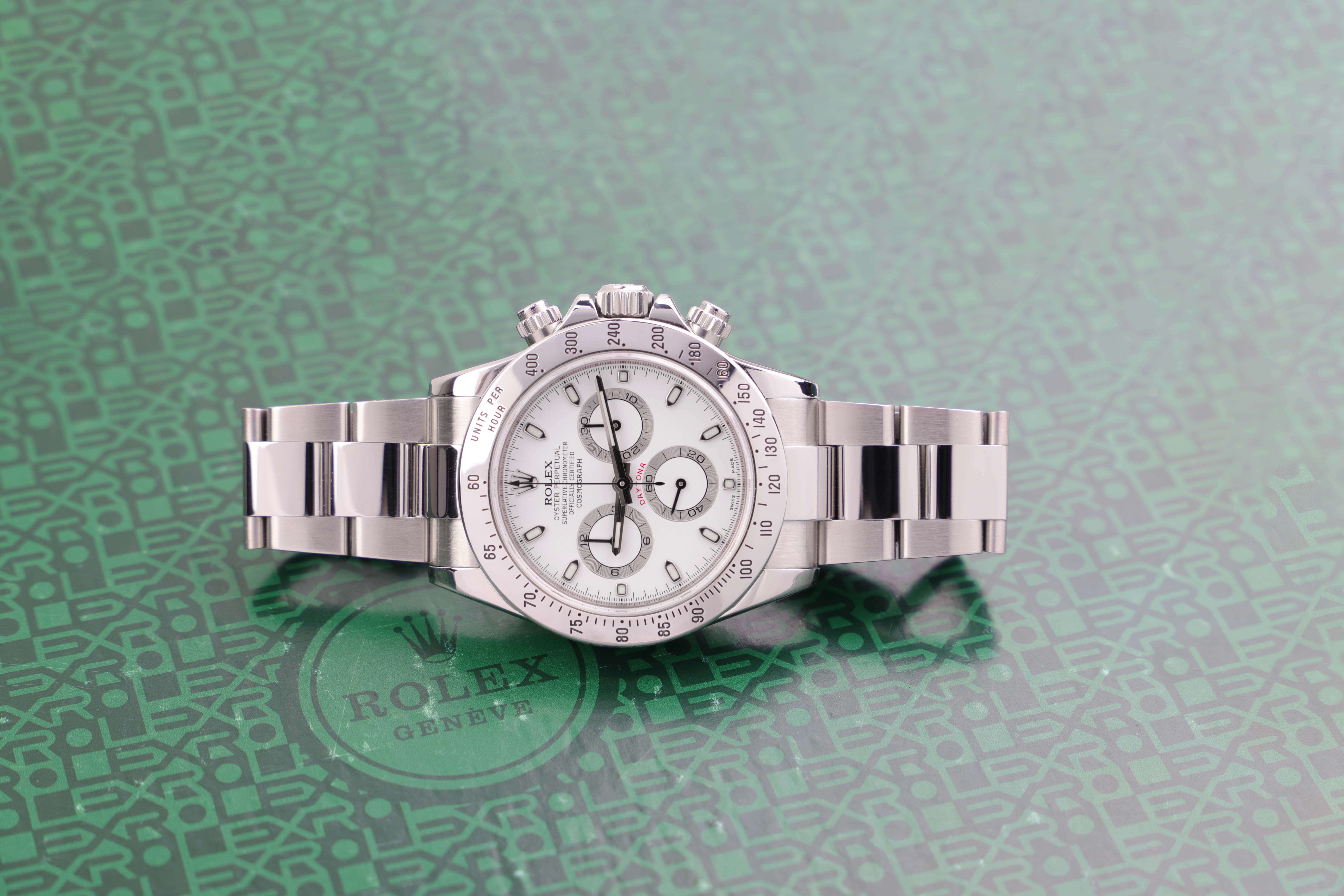
Is Chlorine bad for Rolex Watches? What you Should Know
Chlorine is a chemical substance with the chemical symbol CI and atomic number 17. Chlorine has a wide area of usage and can be found in many different kinds of substances and liquids.
But the most common place that people come in contact with chlorine is when they swim in a pool. And this is, of course, the reason why you have found yourself in this article. We would also just ask the question, is it bad to wear a Rolex watch in a pool, but that would be a more broad question as not all pools have chlorine, and there are other factors that you may ask if they are bad for a Rolex, like the water itself.
This time, we are asking the question if specifically, the chlorine in the pool is bad for Rolex watches.
Is Chlorine bad for Rolex watches?
The short answer is no. Rolex watches undergo a series of tests by Rolex and Rolex designs them to be able to withstand the most extreme conditions. Rolex watches have been thousands of meters below sea level and they have been at the top of Mount Everest. The list of extreme places that Rolex watches have been can be made long. And these are naturally far more extreme environments than being subject to Chlorine.

If you ask Rolex, they would say that you have nothing to worry about and can wear your watch in a chlorinated pool without any issues. And the reason why both we and Rolex would say that chlorine is not bad for the watches is for two reasons. First and foremost, Rolex watches are built to last. They are robust, durable, and able to withstand extreme environments. And secondly, swimming in a pool with chlorine is something you do for a few hours at most. Therefore, it cannot be considered a prolonged period of time. Even if you swim in a chlorinated pool daily, it’s nothing to worry about. However, if you leave a Rolex in a chlorinated pool for months and even years, it would be a different story.
According to chlorineinstitute.org, “Wet chlorine is highly corrosive because it forms hydrochloric and hypochlorous acids.”. And this would be the only root for concern when we talk about Rolex watches and chlorine.
As you may know, Rolex originally made their watches in 316L stainless steel. This is steel with a lower level of carbon and a great resistance against corrosion. Furthermore, 316L steel has an addition of molybdenum which further increases its corrosion resistance “with respect to localized corrosive attack by chlorides and to general corrosion by reducing acids, such as sulfuric acid.”, in Wikipedia’s own words.

Later on, Rolex looked for a stainless steel type that was even more corrosion-resistant than 316L. They then opted for 904L which they call Oystersteel. This steel offers even greater anti-corrosion properties than 316L, even though both have great resistance against corrosive attack by chlorides, amongst other corrosive substances.
After you have been in a pool with chlorine, it is advised that you rinse your watch afterward to remove any chloride residue. Because even if both 316L and 904L are highly resistant to corrosion, they are, like all steel, not corrosion-proof. But still, the point is that your Rolex won’t rust or corrode just because you wear it in a chlorinated pool a few times.
And even if you do, it would, in theory, take many decades before you would see even the smallest traves of corrosion. But most likely, you won’t. In particular not on Rolex watches that use 904L steel.
Be more careful with gold watches and chlorine
There is one occasion where you want to be more careful if you have a Rolex. And that is if your Rolex is made of gold. Now, again, if you would ask Rolex, they would say that it is no problem at all to wear your gold Rolex in a pool. And unless you frequently and consistently subject it to chlorine, you won’t have any issues.

But the fact is that chlorine makes gold brittle. The issue is not the gold itself but the alloying metal in it, as gold watches never consist of 100% pure gold. When a gold alloy is subject to chlorine for a prolonged period of time, it will remove the copper or nickel (depending on the alloy), leaving a structure that is devoid of metal atoms. As a result, the gold will get weakened and at worst may crack.
Of course, this applies to regular yellow, white, or rose gold. But Rolex doesn’t use regular white gold, yellow gold, or rose gold. Rolex makes its precious metal in its own foundry and has developed its own alloys in order to fend off things like this and improve their durability. For its white gold, for example, Rolex has added Platinum. And there’s a reason why Rolex calls its rose gold Everose.
Having said that, you don’t have to be as worried about this as you would have to be for non-Rolex precious metal alloys. Because of this, if you want to wear your Rolex when swimming in a chlorinated pool, you don’t have to worry.
Just make sure you rinse the watch carefully after.
We still want to raise the topic and mention that prolonged exposure to chlorine on gold Rolex watches may have a negative effect on the watches long-term. So far, it’s still too early to say if Rolex’s gold watches remain unaffected. But from our observations, there have been no reports of Rolex owners having experienced dramatic effects to the gold on their Rolex watch as a result of subjecting it to chlorine, so the outlook is positive.




